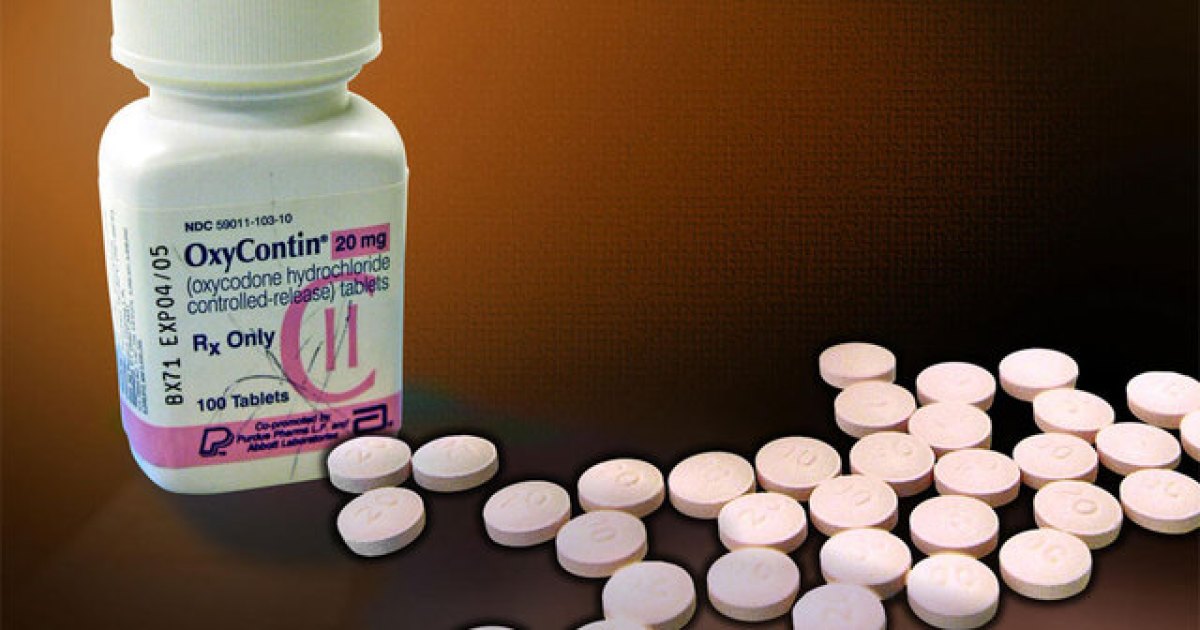It’s interesting to see how Ohio is attempting to organize itself in anticipation of a large settlement with the opioid manufacturers and distributors. It’s a good thing to make these companies pay for the destruction they have caused–400,000 deaths so far this century, with Ohio the second hardest-hit state. At the peak in 2010, there were 102.4 opioid prescriptions written for every 100 Ohioans.
But the real point is to do something impactful with the money. The number one need is treatment for those who are addicted or struggling in recovery. Naturally, there are countless municipalities that are gripped with this crisis and have myriad needs. There’s a law enforcement and criminal justice component, and there’s a need to have sensible policies for legitimate pain management. Education is critical, not only for doctors and pharmacists, but for young students, educators, parents, patients and politicians.
It’s not easy to find the right balance for allocating settlement money or to navigate the complicated politics involved.
Hundreds of municipalities in Ohio, along with the state’s governor and attorney general, are nearing an agreement on how to divide any money that might come from a major federal case against opioid manufacturers and distributors, an attempt to ensure fairness in the allocation of a potential settlement as recompense for the ravages of the nation’s opioid epidemic.
Cities and towns have until March 6 to sign onto the agreement, known as “One Ohio.” It would guarantee that the state presents a united front during negotiations, with municipalities directly receiving, in cash, 30 percent of any settlement funds. The state would receive 15 percent, and 55 percent would go toward a new nonprofit foundation that would support research into, and education about, opioids.
My concern with this proposal in that 55 percent going to research and education seems far too high considering the overwhelming need for treatment. It’s extremely expensive to treat an opioid addict. Typical 28-day programs are usually insufficient and therefore inefficient. In any case, most people don’t have the means to afford them, especially when it turns out that the first try didn’t take. What is needed is a lot of long-term and heavily subsidized care for some of the most unsympathetic people you will ever find. Opioid addiction strips people of their character and their dignity, and puts enormous stress even on the patience of their loves ones. Complete recovery is possible but successful cases usually involve multiple relapses over many years. If research can improve these results, then that’s worthwhile, but society pays a hefty price for every addict who isn’t in treatment. It increases crimes of theft exponentially, along with associated violence. Overdoses can be so common in some areas that they put stress on ambulance services, fire departments, police, and emergency rooms. And if we care about people, we ought to be committed to saving as many addicts as possible.
The expense explains why municipalities need to see a lot of the settlement money, but the state as a whole needs to development a plan for providing the beds required for long-term treatment. That’s where most of the money should go. Maybe if fewer people become addicts in the first place, through better prescribing practices and more thorough educations about opioids, then the resources can be shifted more to research. But, for now, the problem is primarily that people are already addicted and are going to keep committing crimes and overdosing until they are either imprisoned or die. Many of these people became addicted because they followed the advice of a doctor, but even the recreational drug users deserve our compassion and willingness to help.
The opioid crisis is so deep, I don’t think the settlement money will come close to providing the resources needed for the nation to recover, and that should be people’s greatest concern here. It’s great that Ohio is thinking ahead and trying to be smart, but they’ll probably discover that they don’t have what they need.







